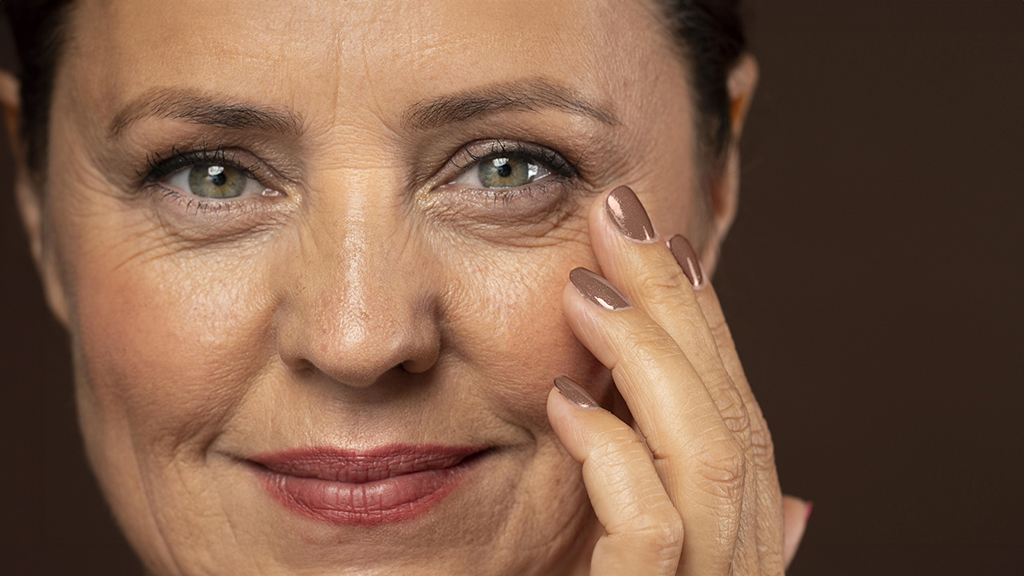MS-Free TRAM Flap Breast Reconstruction
The Muscle Sparing Free Transverse Rectus Abdominus Myocutaneous (MS-Free TRAM) flap procedure is a modification of the free-TRAM Flap technique in which a minimal amount of rectus abdominis muscle is removed, leaving the majority of the muscle intact in the abdomen. This results in significantly fewer abdominal complications and side-effects (pain, bulging, hernia, strength loss).
Our Reconstructive surgeons are highly experienced in the advanced microsurgical perforator flap procedures and will opt for this surgery only in the rare event that your anatomy does not allow for the DIEP or SIEP flap to be performed.
You are an ideal candidate if you:
- Prefer the most realistic breast shape and texture
- Wish to utilize your own body tissue rather than implants
- Have a sufficient amount of tissue in the lower abdomen to create the new breast or breasts
- Do not want or are not a candidate for implant reconstruction
- Have been previously radiated
- Are having immediate reconstruction at the time of skin sparing mastectomy
- Are having delayed reconstruction following mastectomy
- Would benefit from a “tummy tuck”
You are NOT an ideal candidate if you:
- Do not have enough lower abdominal tissue to create the flaps
- Have had previous abdominal surgical procedures such as tummy tuck (a C-section scar is usually ok)
- Have a BMI of 30 or above
- Have diabetes, vascular disease or connective tissue disorders
- Are a smoker or quit smoking only recently
- Are very physically active and wish to preserve your abdominal muscle
- Cannot tolerate anaesthesia for long periods
- Do not wish to have a lower abdominal scar
Like the Pedicle TRAM Flap and the Free TRAM Flap, the MS-Free TRAM includes skin, fat and muscle. The MS-Free TRAM flap is designed to remove less muscle from the abdomen than a standard Free TRAM, but functional muscle is nevertheless permanently removed from the abdomen. The MS-TRAM Flap is harvested from the lower abdomen and will be completely detached using advanced microsurgical techniques. Subsequently the flap is connected to the breast site using advanced microsurgical techniques.
When the flap is seen to be receiving a good blood supply in its new position, the excess fat and skin is removed, the flap is shaped to form the new breast mound. The abdominal wall is strengthened against the risk of a hernia with synthetic mesh or human tissue-derived Alloderm® overlying the muscle. The wounds are then closed, generally with dissolvable sutures.
The procedure generally takes anywhere from six to eight hours to complete, and is performed under general anaesthetic. Although they are well hidden, scars from this reconstruction are long. In addition to the breast scar, there is a scar across the entire width of the abdomen in the bikini line, similar to that of a tummy-tuck. This can generally be concealed in most clothing.
Even though the muscle-sparing free TRAM flap is designed to take less muscle than other TRAM flaps, it still has a greater impact on a woman’s abdominal wall than DIEP flaps and SIEP flaps that do not take any muscle at all.
A few months after the breast reconstruction procedure, if it was removed with mastectomy, restoration of the nipple and areola will follow. The shape of the breast may also be refined to be more symmetrical with your untreated breast. For many patients the reconstructed breast may be firmer and have a more youthful appearance than their natural breasts.
Advantages
- Most realistic breast texture and skin colour match
- No breast implants used for reconstruction
- Short reconstructive process – wake up with the breast mound in place
- Fewer long-term complications and re-operations
- Reconstruction can tolerate radiotherapy
- Provides skin to replace the nipple area in immediate reconstruction to allow only a single, circular breast scar around the nipple
Disadvantages
- Long anaesthetic time
- Permanent abdominal weakness
- Increased risk of developing a hernia or bulge of the abdomen
- More postoperative pain than following perforator flap breast reconstruction
- Longer recovery after surgery than for procedures that do not sacrifice muscle.
- May need further small procedures to re-shape breast
Risks & Complications
All patients must understand and accept that no surgical procedure is absolutely free from risk. For further information concerning the risks and complications associated with Autologous Breast Reconstruction, please refer to Risks and Complications of Autologous Breast Reconstruction.
For details about procedures and treatments or for a consultation, advice and prices from our Dubai clinic please call +971 4 431 2396 or use our online form.


